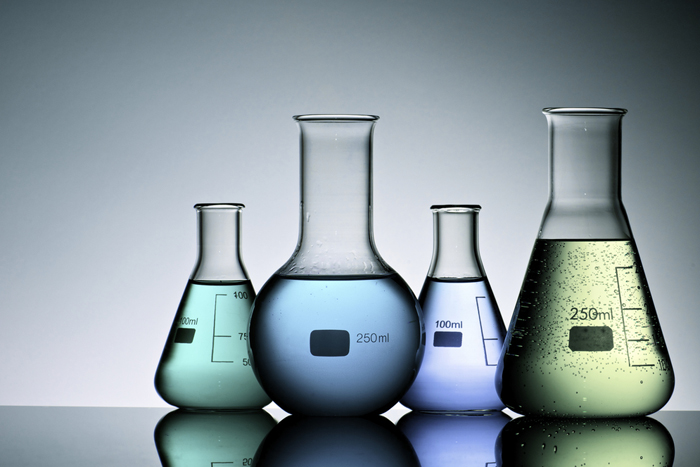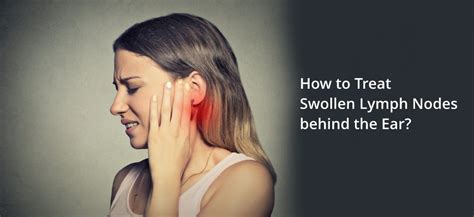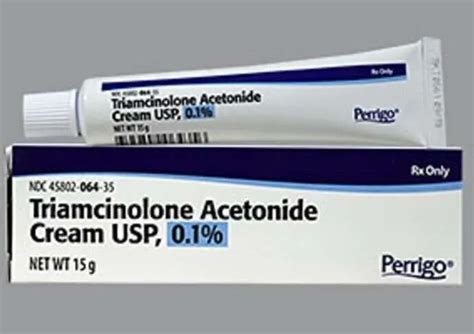Preparing for a colonoscopy can be a daunting task, especially when it comes to the dietary restrictions that come with it. One of the most common requirements is adhering to a liquid diet before the procedure. But what exactly does this mean, and how can you ensure you’re properly prepared?
A liquid diet, in the context of a colonoscopy, refers to a diet that consists only of clear liquids for a specified period before the procedure. This is typically 24 to 48 hours before the colonoscopy, though the exact timeframe may vary depending on your doctor’s instructions. The purpose of this diet is to cleanse your bowel of any solid matter, allowing your doctor to get a clear view of your colon during the examination.
The clear liquid diet is not just about avoiding solid foods; it’s also about avoiding certain types of liquids that could leave residue in your bowel. Clear liquids are those that you can see through, such as water, clear broth, and clear juices like apple or grape juice. It’s essential to avoid any liquids that contain pulp, fiber, or particles, as these can interfere with the colonoscopy.
What Can You Drink on a Clear Liquid Diet?
When you’re on a clear liquid diet before a colonoscopy, it’s crucial to stick to the approved list of liquids to ensure your bowel is properly cleansed. Here are some examples of clear liquids you can have:
- Water: This is the most straightforward choice and should be your primary source of hydration.
- Clear Broth: Chicken or vegetable broth without any solids or cream can be a good option. Make sure it’s clear and not cloudy.
- Electrolyte-rich Beverages: Sports drinks like Gatorade or Pedialyte can help replace lost electrolytes.
- Clear Juices: Apple, grape, or cranberry juices without pulp are acceptable. However, always check with your doctor about the specific types of juice allowed.
- Clear Tea or Coffee: Without cream or milk, these can be okay, but check with your doctor first.
- Gelatin: Unflavored or lightly flavored gelatin without fruit or whipped cream can be part of your diet.
- Popsicles: Similar to gelatin, clear popsicles can help with hydration and provide a bit of flavor.
What to Avoid
Just as important as knowing what you can have is understanding what you should avoid. The following items are not allowed on a clear liquid diet:
- Solid Foods: This includes all types of solid foods, from meats and vegetables to grains and fruits.
- Dairy Products: Milk, cheese, yogurt, and any other dairy products are not allowed due to their creams and solids.
- Thick Liquids: Anything that’s thick or has pulp, like nectar or thick juices, should be avoided.
- Alcohol: It’s best to avoid alcohol during this period as it can dehydrate you.
- Red or Purple Liquids: These can stain the bowel and make the colonoscopy more difficult to interpret.
Tips for Managing a Liquid Diet
Sticking to a liquid diet for an extended period can be challenging, especially if you’re used to eating solid foods. Here are a few tips to help you manage:
- Stay Hydrated: Drink plenty of water throughout the day. Sometimes, thirst can be mistaken for hunger.
- Warm Liquids: Warm liquids like clear broth can be more comforting and filling than cold ones.
- Electrolyte Balance: Consider electrolyte-rich beverages to maintain your electrolyte balance, especially if you’re feeling weak or dizzy.
- Flavor Enhancers: Use salt, sugar, or lemon juice to add flavor to your clear liquids, making them more palatable.
- Eat Gelatin: Unflavored gelatin can provide a feeling of fullness and can be a nice change from drinking.
Assessing Readiness for Colonoscopy
The day before your colonoscopy, it’s essential to assess your readiness. Your stool should be clear or very light yellow by the end of your liquid diet. If it’s not, you might need to adjust your diet or prep procedure. Always consult with your healthcare provider if you have any doubts or concerns.
Post-Colonoscopy Diet
After your colonoscopy, you can gradually return to your normal diet, but it’s recommended to start with light, easy-to-digest foods like crackers, plain toast, plain rice, bananas, and applesauce (the BRAT diet). Avoid heavy meals, fatty foods, or anything that could cause discomfort.
Conclusion
Adhering to a liquid diet before a colonoscopy might seem daunting, but with the right approach, it can be manageable. Remember, the goal is to ensure your bowel is clear for the procedure, which will help your doctor provide the most accurate diagnosis and treatment plan. By understanding what you can and cannot have, and by following the tips provided, you’ll be well-prepared for your colonoscopy and set yourself up for a successful procedure.
What is the purpose of a liquid diet before a colonoscopy?
+The purpose of a liquid diet before a colonoscopy is to cleanse your bowel of any solid matter, allowing your doctor to get a clear view of your colon during the examination.
How long do I need to be on a liquid diet before a colonoscopy?
+Typically, you’ll need to be on a liquid diet for 24 to 48 hours before the procedure, though the exact timeframe may vary depending on your doctor’s instructions.
What are some examples of clear liquids I can have before a colonoscopy?
+Examples of clear liquids include water, clear broth, electrolyte-rich beverages like sports drinks, clear juices without pulp, clear tea or coffee, gelatin, and clear popsicles.
Can I have dairy products on a clear liquid diet?
+No, dairy products like milk, cheese, and yogurt are not allowed on a clear liquid diet because they contain cream and solids.
How can I manage hunger on a liquid diet before a colonoscopy?
+Stay hydrated by drinking plenty of water, consider warm liquids like clear broth, use electrolyte-rich beverages, and add flavor to your liquids with salt, sugar, or lemon juice. Also, eating gelatin can provide a feeling of fullness.
What can I eat after a colonoscopy?
+After a colonoscopy, you can gradually return to your normal diet. It’s recommended to start with light, easy-to-digest foods like the BRAT diet (bananas, rice, applesauce, and toast), and avoid heavy meals or fatty foods.



